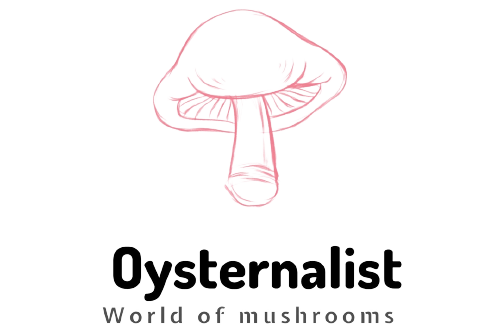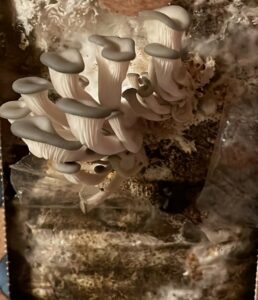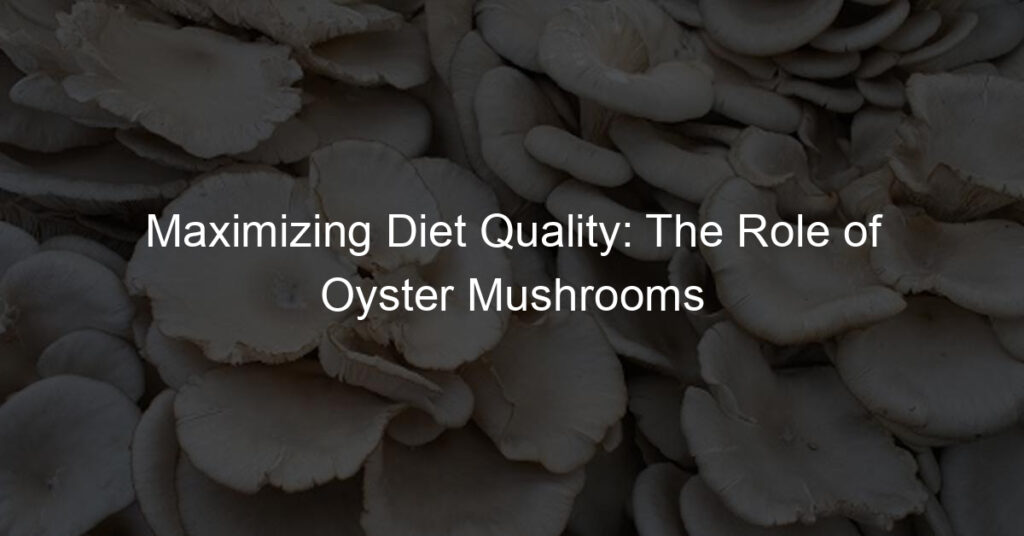Oyster mushrooms are relatively easy to grow, but there are some common problems that can occur. Let’s take a look at a few of the most common problems and how to solve them.
These mushrooms are a type of edible fungi that are commonly found in the wild and commercially cultivated. They get their name from their oyster-shaped caps and have a mild taste with a slightly chewy texture.
Here are the 4 common problems that may occur when growing oysters:
1. Not enough moisture
Oyster mushrooms need high humidity to fruit, so not enough moisture is one of the most common problems growers face. The easiest way to solve this problem is to increase the amount of water you’re giving your mushrooms. If you’re growing your mushrooms indoors, you can also try using a humidifier or placing your grow operation near a water source like a sink or shower.
2. Poor air circulation
Another common problem is poor air circulation. Oyster mushrooms need fresh air to fruit, so not enough ventilation can lead to stunted growth or no growth at all. The solution here is to make sure your growing area has good airflow (or use inflatable solution for easy-going process) and to avoid overcrowding your mushroom trays or bags.
3. Too much light
Contrary to popular belief, oyster mushrooms do not need direct sunlight to grow; in fact, too much light can be detrimental to their growth. If your oyster mushrooms are getting too much light, they will start to produce long, spindly stems with small caps. The solution is to move your mushroom-growing operation to an area that gets indirect or filtered light.
4. Using the wrong substrate
Oyster mushrooms will fruit on a wide variety of substrates, but using the wrong substrate is still common problem growers face. For example, using straw that has been treated with pesticides or fungicides can contaminate your crop and make it unsafe to eat. The solution here is to use only certified organic substrate materials that have not been treated with chemicals.
Can You Overwater Oyster Mushrooms?
The answer is yes, you can overwater oyster mushrooms. However, too much water can cause the mushroom to rot. If you see the mushroom start to change color or develop mold, it is time to cut back on the water. Let the mushroom dry out a bit before watering again. If you spot any other problems with your oyster mushroom, please contact a professional.
How Do You Trigger Oyster Mushroom Fruiting?
Oyster mushrooms will fruit when the temperature and humidity are just right. The specific conditions will depend on the type of oyster mushroom you’re growing. Generally, though, oyster mushrooms will fruit when the temperature is between 60-70°F and the humidity is above 80%.
You can also encourage oyster mushrooms to fruit by giving them a shock. This can be done by dunking the substrate material in cold water for 24 hours or by moving the mushrooms to a cooler location. These techniques can help trigger fruiting even when the temperature and humidity are not ideal.
How Often Do You Water Oyster Mushrooms?
Oyster mushrooms need to be watered frequently, especially during the fruiting stage. The amount of water you give your mushrooms will depend on the substrate material you’re using and the level of humidity in your grow area. In general, though, you should water your oyster mushrooms every day or every other day.
What Are the White Things on My Oyster Mushrooms?
The white things on your oyster mushrooms are called “rhizomorphs.” These root-like structures help the mushroom absorb nutrients from the substrate material. If you see rhizomorphs on your oyster mushrooms, it is a good sign that the mushroom is healthy and doing well.
Should You Mist Oyster Mushrooms?
Mushrooms need fresh air to fruit, so it is important to mist them regularly. Misting also helps keep the substrate material moist, which is important for the mushroom’s growth. In general, you should mist your oyster mushrooms 2-3 times a day.
Does Mycelium Need Air?
Mycelium does need air to grow, but it doesn’t need as much as other organisms. In general, the mycelium will do fine in an environment with about 10-20% oxygen. Generally, the mycelium will only need supplemental oxygen if it is growing in an airtight container.
Overall, it is important to take care of your oyster mushrooms and provide them with the right conditions in order to ensure a bountiful harvest. Too much or too little of anything (light, water, air) can lead to problems with growth or fruiting. Also, be sure to use certified organic substrate materials to avoid contaminating your crop. With a little bit of care, you can enjoy delicious oyster mushrooms for many months to come!








